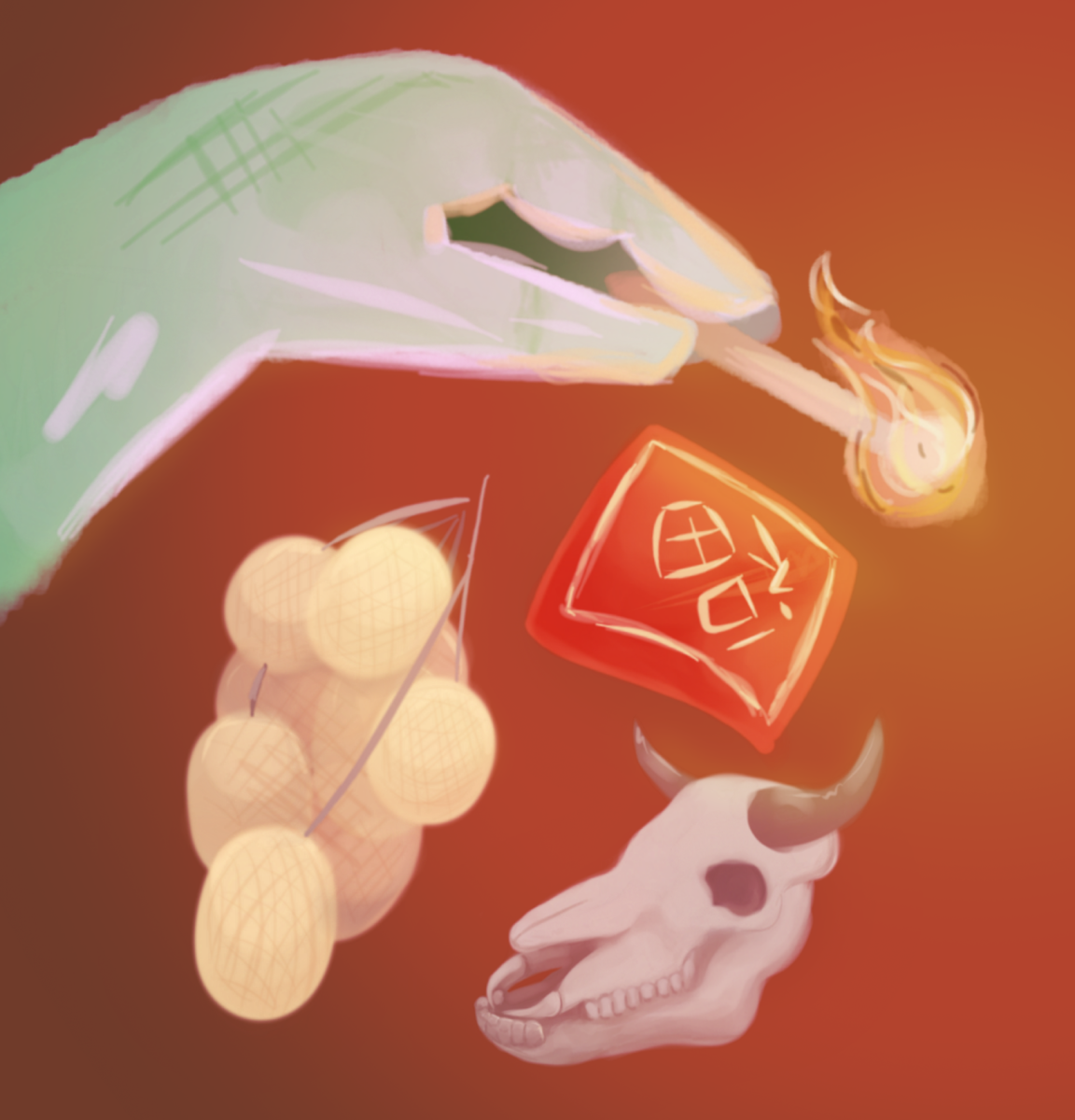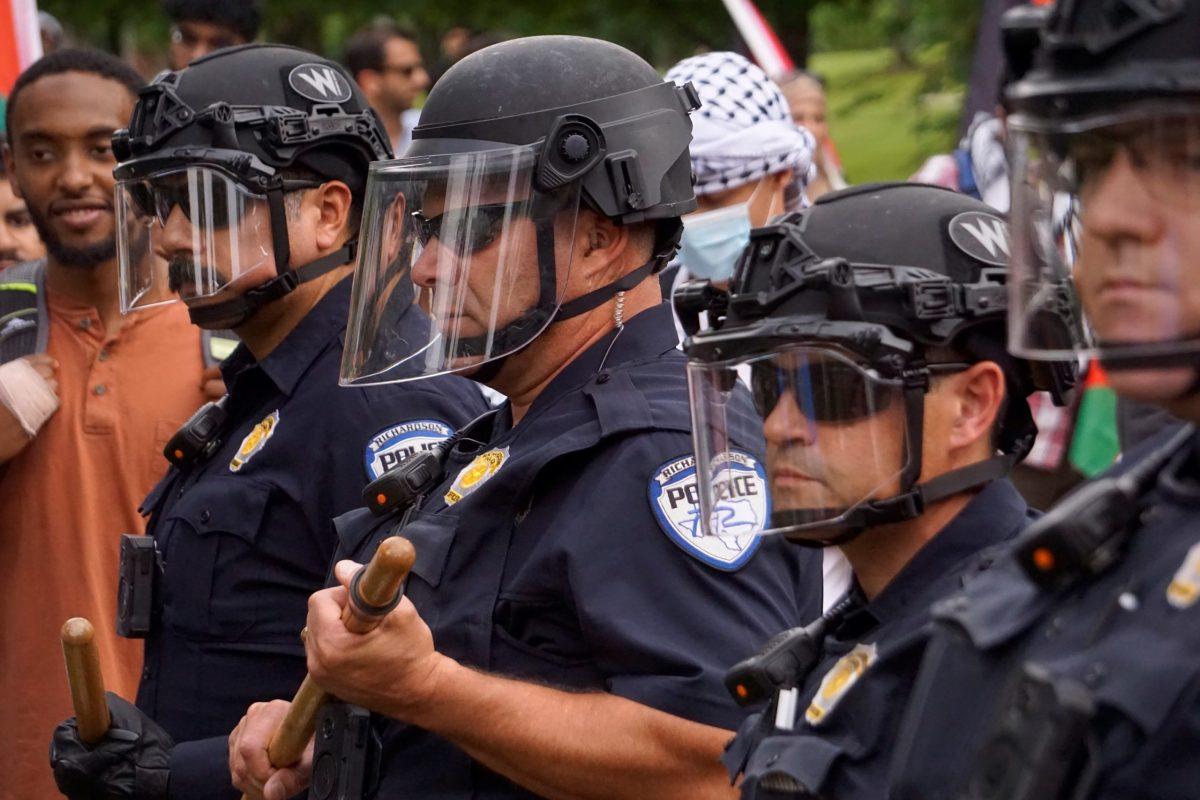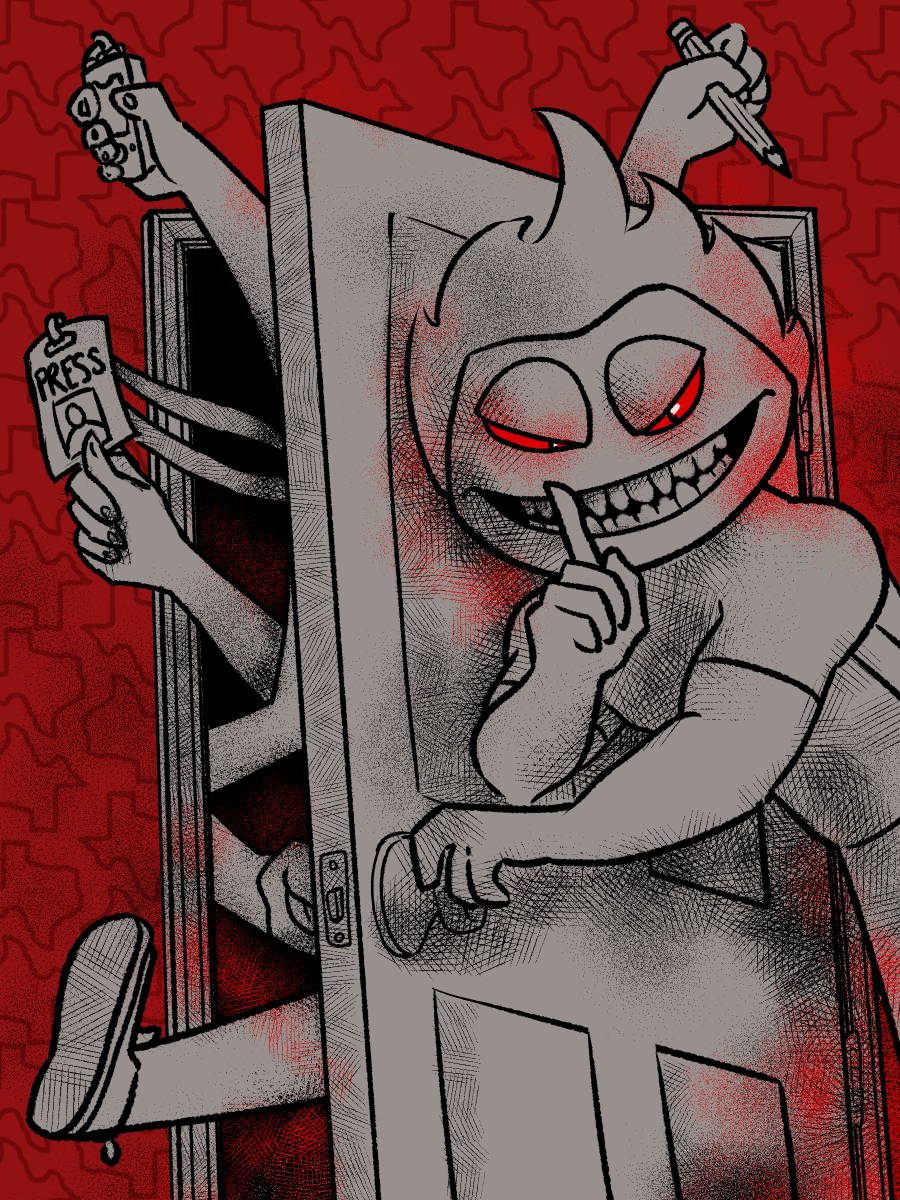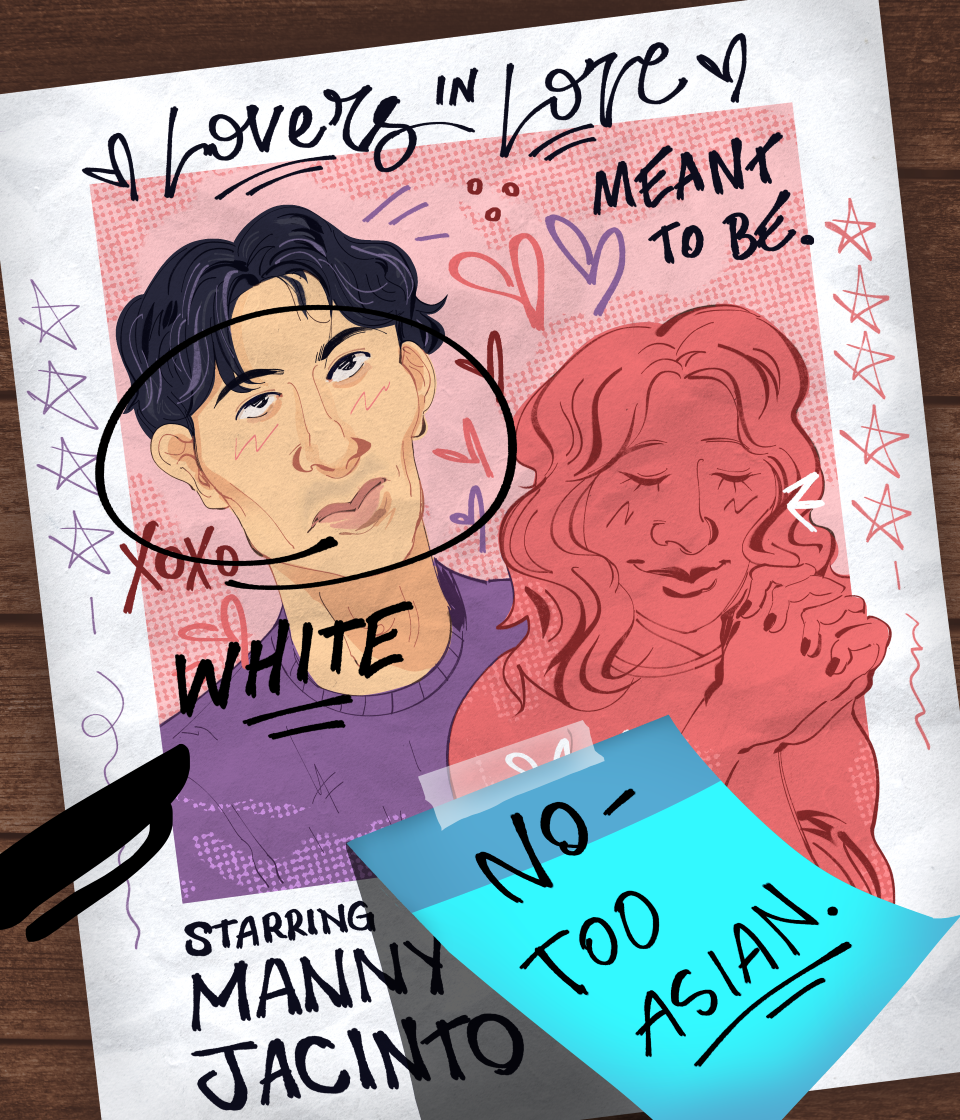Between iWeek, Biryani Night and Lunar New Year, UTD is well-acquainted with beautiful and thoughtful events highlighting diverse traditions. Unfortunately, not every cultural event can be a success, and nothing proves that quite like Thomas Riccio’s stomach-twisting “Dragon Eye” video exhibit.
“Dragon Eye,” which showcased the lifestyles of people from China’s Miao ethnic group, was curated by Riccio, UTD’s theater director and a visual performing arts professor. His presentation of the exhibit — and more broadly, his academic focus in ethnography and artistic focus on marginalized groups — communicates cultural insensitivity and dregs of a Western ethnocentric perspective that projects a bad image onto the university while his position of authority as a theater director and teacher on campus has an impact on every student and performance he interacts with.
“Dragon Eye” is a video installation made from pieces of footage Riccio filmed for a documentary about the Miao ethnic group, showcasing the community’s rituals and lifestyles. While he has clearly done extensive research into the subject, Riccio’s display, and explanations are off-putting at best and harmful at worst. In the interview with The Mercury, most of his comments regarding Miao traditions and beliefs were substanceless. He said Miao people’s “rituals and spirituality” are “integrated” with their daily life, and that they “embody their rituals and their songs and the Earth.” These vague descriptions don’t educate the audience about the Miao groups’ beliefs and practices. Speaking of normal cultural behavior in this exotifying fashion twists these Miao communities into foreign, mystical apparitions who are nothing like us. It plays into the “noble savage” stereotype of indigenous cultures, which allows the dominant culture to distance itself from and dehumanize indigenous people.
The exhibition’s problems don’t end there. The term “Miao” is contentious among the people it defines, to the extent it can sometimes have derogatory connotations, and covers many subgroups with distinct cultural practices and identities. Generalizing all these people into one group and cultural community is unsavory, and suggests little knowledge about the communities he is studying. This is especially offensive considering the large population of ethnic minorities at UTD, who this laziness definitionally disrespects.
I appreciate his effort to detach from Western perspectives, such as when he fought the need to produce an “end product” from his performance-focused workshops when working with the !Xuu and Khwe Bushmen community, but the imperfections in his efforts are striking. He frequently speaks of communities as monolithic, such as describing the Bushmen as having one uniform opinion on themselves and their place in the world, even when room could be spared for nuance. He draws frequent comparisons to Western practice, such as comparing the Bushmen peoples’ creation myth to the Christ myth, even where it is unnecessary, a bad metaphor or comes across as small-minded. The very concept of a white American man trying to save or revitalize a dying culture via what his foreign perspective deems relevant is troubling. Riccio’s academic work is also fundamentally flawed; it is not peer reviewed, nor does he have any formal anthropological training that would help him study other cultures from an informed, sensitive perspective. His education is in English and theater, hardly enough to tackle a subject like ethnography — a branch of cultural anthropology where researchers immerse themselves in and extensively document a cultural or ethnic group, historically subject to imperialist and orientalist biases.
His website’s “Ethnography” page shows it best with a sentence that sparks unease with its authoritative tone, highlighting the sociopolitical tension between its self-identified white, American author and marginalized subjects: “We are all becoming indigenous again.” Considering his work often focuses on creating performances with different ethnic groups, this connotes indigeneity as a performance and costume.
The cultural costuming continues into Riccio’s artistic work. His website hosts many drama and performance scripts, appearing solely authored by him and performed by his theater troupe, Dead White Zombies. While his art aims to be radical and provocative, much seems in exceptionally poor taste. One performance/script is “T.N.B,” short for “typical n***a behavior,” where Riccio writes exaggerated caricatures of Black American men using egregious African American vernacular English and endless stereotyping — it was even performed in an abandoned crack house in Dallas. The performance tries to explore Black American culture and identity, but results in a shallow portrayal of a complex experience.
Riccio’s scripts frequently use racist language for shock value. In “Bull Race,” two main characters shout anti-Black and anti-Latino slurs at one another for multiple pages. Within the text, this racist shouting match symbolizes excessive violence, but from the outside, it appears a masturbatory and flimsy excuse to use language otherwise culturally disallowed to white Americans and be lauded for “radical” art.
I do not think Riccio’s artistic, or academic work is intentionally orientalist, ethnocentric or racist — in fact, I find much of it compelling. Nor do I think Riccio platforming cultures outside his own is inherently bad; helping communities preserve their culture, such as through performance art, can be a noble and pursuit often only accessible to those with sociopolitical privilege. My concern simply lies in the areas where Riccio’s Western perspective impacts the quality of his work, makes the viewer uncomfortable and makes him look uneducated. I urge Riccio to stop overgeneralizing entire groups, speaking of ritual and spirituality in exotifying manners, unnecessarily invoking Western culture and continuing to unlearn the Western ethnocentric perspectives. Not only is the status quo a bad look for Riccio, but with UTD’s exhibition of “Dragon Eye,” it reflects poorly across the entire university. UTD’s humanities pursuits will lose credibility if cultural exhibitions keep causing readers from those cultures to contact The Mercury, expressing their discomfort — as we had with a Chinese reader regarding “Dragon Eye.”
This issue extends far beyond one professor. Centuries of history and anthropology have been marred by Western countries’ superiority complex, reducing other cultures to caricatures or faceless, nonspecific abstractions. If we are to move past previous generations’ shortcomings, we cannot settle for “good enough.” We must do justice by the communities that entrust us to be their mouthpieces, even when that’s uncomfortable — even when you must call out a well-respected professor for falling short in your eyes.






